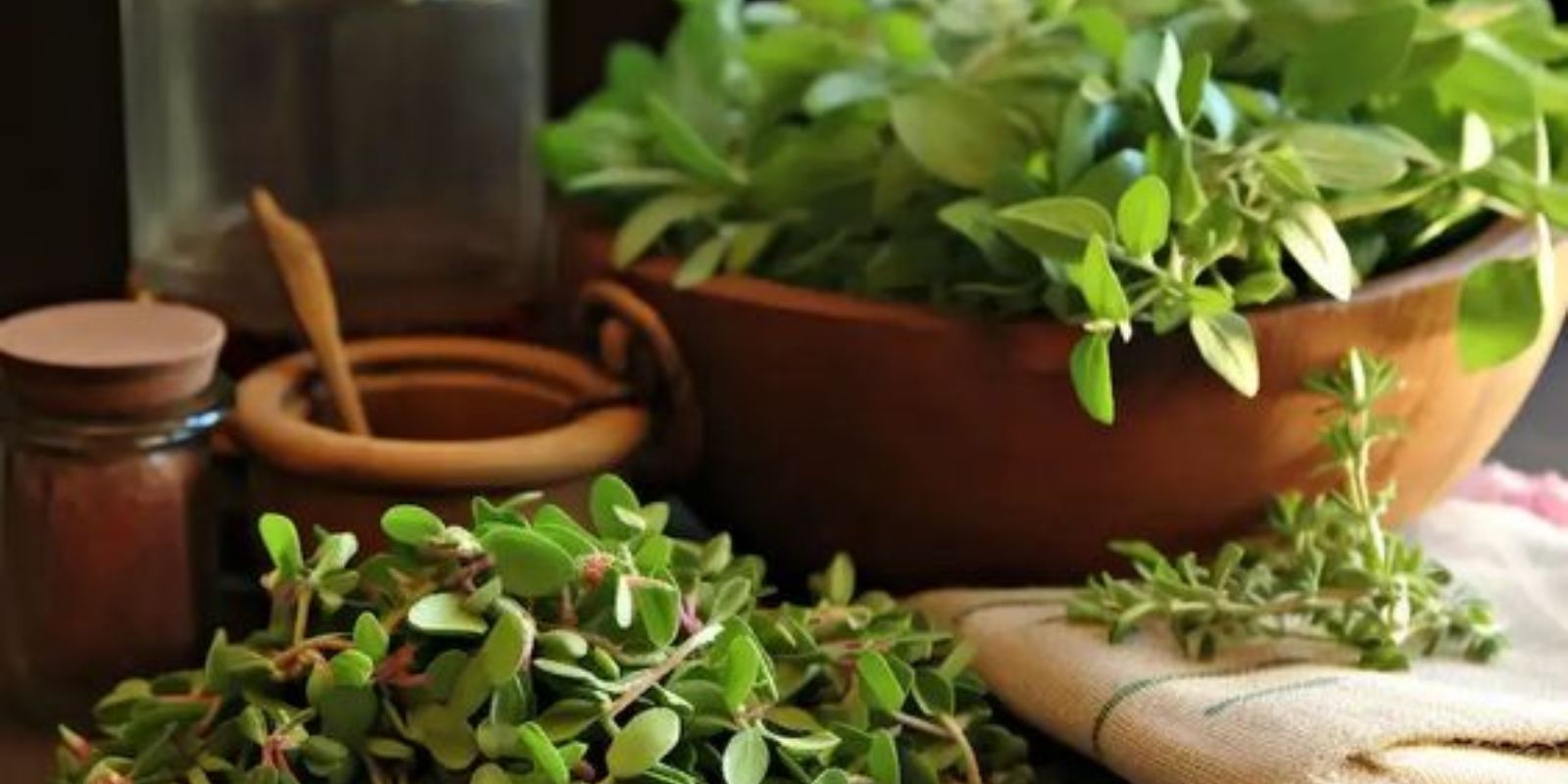Purslane (Portulaca oleracea), often overlooked as a mere weed, is a remarkable plant with numerous benefits for gardeners and cooks alike. This hardy succulent is packed with nutrients, easy to grow, and versatile in culinary applications. Whether you’re an experienced gardener or just starting out, incorporating purslane into your garden can offer a range of benefits. In this article, we’ll explore eight compelling reasons to embrace purslane in your garden.
1. Nutritional Powerhouse
One of the most compelling reasons to cultivate purslane is its impressive nutritional profile. Purslane is rich in omega-3 fatty acids, which are typically found in fish and are rare in plants. Omega-3s are essential for heart health and reducing inflammation. In addition to omega-3s, purslane contains significant amounts of vitamins A, C, and E, as well as important minerals like magnesium, calcium, potassium, and iron. It also boasts high levels of antioxidants, which help protect cells from damage caused by free radicals.
2. Drought-Resistant
Purslane is an excellent choice for gardeners looking to conserve water. This succulent plant thrives in dry, arid conditions and requires minimal watering once established. Its thick, fleshy leaves store water, making it highly drought-resistant. This characteristic makes purslane an ideal addition to xeriscaping, a landscaping method that reduces or eliminates the need for supplemental irrigation. In regions prone to drought or water restrictions, purslane can be a valuable and resilient crop.
3. Culinary Uses
Purslane’s slightly tangy and lemony flavor makes it a versatile ingredient in the kitchen. Its crunchy texture and fresh taste make it a great addition to salads, soups, and sandwiches. Purslane can be used fresh or cooked, and it pairs well with a variety of dishes. It can be sautéed with garlic and olive oil, added to omelets, or blended into smoothies for a nutritious boost. In many cultures, purslane is a traditional ingredient in dishes like Greek salad (horta) or Mexican stew (verdolagas).
4. Medicinal Properties
Beyond its nutritional benefits, purslane has been used in traditional medicine for its various healing properties. It has anti-inflammatory and antioxidant properties, making it beneficial for reducing inflammation and protecting against chronic diseases. Some studies suggest that purslane may help regulate blood sugar levels and lower cholesterol. Additionally, its high content of vitamin C supports the immune system and promotes healthy skin. While more research is needed to fully understand its medicinal effects, incorporating purslane into your diet can contribute to overall well-being.
5. Ground Cover and Weed Suppression
Purslane is an excellent ground cover plant due to its low-growing, spreading habit. It forms a dense mat over the soil, helping to suppress weeds by shading them out and reducing their growth. This not only saves you time on weeding but also helps to protect the soil from erosion and retains moisture, improving soil health. Its rapid growth and ability to thrive in poor soil conditions make it an ideal choice for covering bare patches in your garden.
6. Pollinator Friendly
In addition to its other benefits, purslane is an attractive plant for pollinators, particularly bees and butterflies. Its small, yellow flowers bloom throughout the growing season, providing a continuous source of nectar and pollen. By including purslane in your garden, you can support local pollinator populations, which are essential for the pollination of many crops and the overall health of the ecosystem.
7. Easy to Grow
One of the most appealing aspects of purslane is its ease of cultivation. This hardy plant can grow in a wide range of soil types, including poor and rocky soils, and it requires minimal care. It can be grown from seeds or cuttings, and it quickly establishes itself in the garden. Purslane thrives in full sun but can also tolerate partial shade. It is a low-maintenance plant that doesn’t require fertilization, making it an ideal choice for novice gardeners or those looking for an easy-to-care-for addition to their garden.
8. Soil Health Improvement
Purslane’s extensive root system helps to improve soil structure by aerating the soil and increasing its organic matter content. This can enhance soil fertility and water retention, benefiting other plants in your garden. Additionally, as a ground cover, purslane helps prevent soil erosion by stabilizing the soil with its roots. Its ability to grow in challenging soil conditions also makes it a useful plant for reclaiming and improving degraded or compacted soils.
Conclusion
Incorporating purslane into your garden offers numerous benefits, from its rich nutritional profile and culinary versatility to its role in promoting soil health and supporting pollinators. As a drought-resistant, easy-to-grow plant, purslane is an excellent choice for gardeners looking to enhance their garden’s sustainability and resilience. Whether you’re interested in its health benefits, its utility as a ground cover, or simply want to add a unique and flavorful green to your kitchen, purslane is a plant worth embracing. So, the next time you spot purslane growing in your garden, consider harvesting and enjoying this nutritious and versatile plant instead of treating it as a weed. Your garden, and your taste buds, will thank you!

